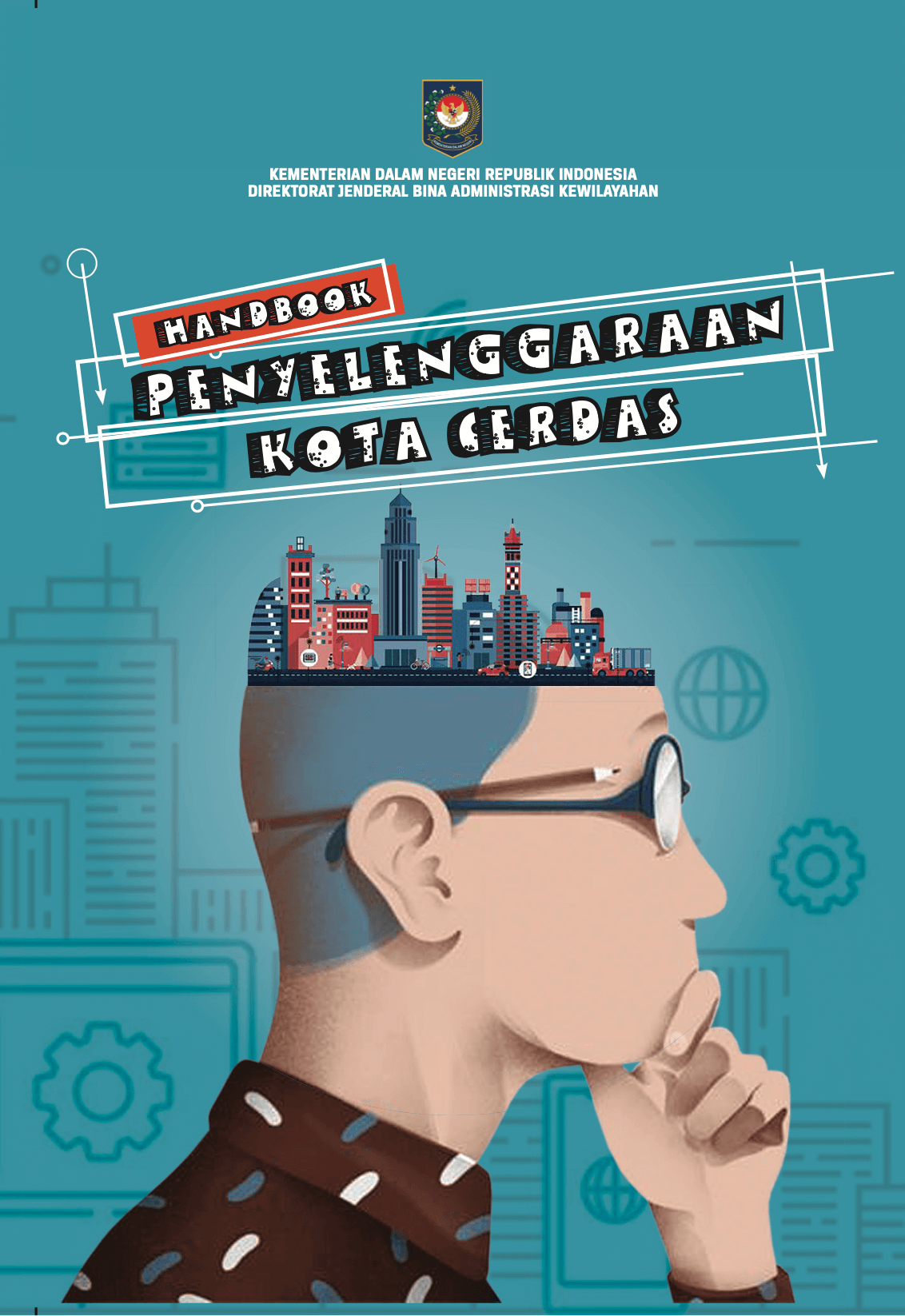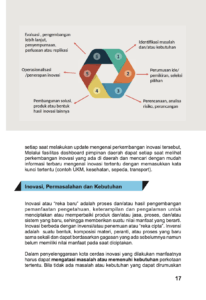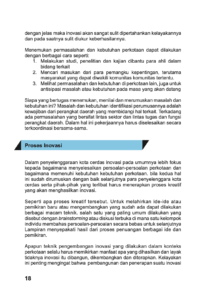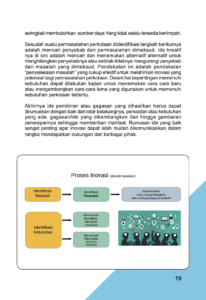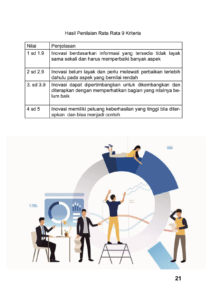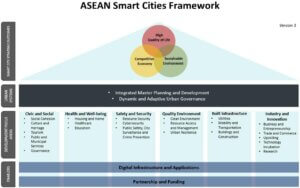In order for the implementation of a smart city to be integrated and sustainable, innovation management needs to be applied consistently.
The main goal of innovation management is that in implementing a smart city:
- Innovation is carried out based on needs that need to be met or real problems that need to be solved;
- Innovation is carried out in a well-planned manner;
- Innovation is carried out by considering the risks that need to be managed;
- Innovation is carried out in an integrated and continuous manner;
- Innovation is carried out by utilizing resources efficiently; And
- Innovation is followed by evaluation to ensure sustainability.
Innovation management in smart city implementation takes the form of a cycle of 6 steps, namely:
Formulation of problems or needs;
Formulation of initial ideas or concepts;
Innovation development planning;
Innovation development;
Implementation of innovation;
Innovation evaluation includes studies of further development, scale-up, replication or expansion.
Innovation management is applied to all regional apparatus in accordance with their respective roles, duties and functions in implementing smart cities.
To implement effective and efficient innovation management, an innovation management application can be used which makes it easier for officers from each regional apparatus to enter innovation information and update the development of innovation at any time. Through the dashboard facility, regional leaders can see developments in innovation in the region at any time. easily search for the latest information about certain innovations by entering certain keywords (e.g. SMEs, health, bicycles, transport).
Innovation, Problems and Needs
Innovation or “new invention” is the process and/or result of developing the use of knowledge, skills and experience to create or improve new products and/or services, processes and/or systems, thereby providing a meaningful beneficial value. Innovation is different from invention/or discovery or “invention”. An invention is a form, composition of material, device, or process that is completely new and can be based on previously existing ideas but did not have useful value at the time it was created.
In implementing a smart city, the benefits of innovation must be achieved solve a problem or meet a need certain urban areas. If there are no problems or needs that can be clearly formulated then the innovation will be very difficult to maintain its viability and in time its success will be difficult to measure.
Finding urban problems and needs can be done in various ways such as:
- Carrying out studies, research and studies assisted by experts in related fields
- Seek input from stakeholders, especially the public who can be represented by certain communities.
- Seeing problems and needs in other cities, as well as anticipating problems or needs in the future
Who is in charge of finding, assessing and formulating these problems and needs? Problem identification and the need to formulate it are the obligations of regional officials in charge of related matters. Sometimes there are problems that are cross-sectoral and cross-tasks and functions of regional apparatus. In this case the work must be completed in a coordinated manner together.
Innovation Process
In implementing smart cities, innovation generally focuses more on how to solve urban problems and how to meet urban needs. If these two things have been formulated well, then smart city administrators and the parties involved must implement a creative process that will produce innovation.
What is the creative process like? To give birth to new ideas or thoughts or develop existing ones, various techniques can be used. one of the most commonly done is called brainstorm or an open discussion where a group of individuals discuss issues freely and then agree on the results of the process of expressing various ideas and thoughts.
Whatever innovation development techniques are carried out in an urban context, you always have to think about what benefits will be produced and whether or not the innovation is worth building, developing and implementing. This feasibility is important considering the development and implementation of an innovation often requires resources that are not always available in abundance.
After an urban problem has been identified, the next step is to find the cause of the problem in question. The creative idea here is to look for and find alternatives to eliminate the cause or at least reduce the cause of the problem in question. This approach is a “problem solving” approach that is quite effective in generating potential innovations for urban problems. In terms of the need to meet needs, studies can be carried out to find new ways or develop old methods used to meet certain urban needs.
Finally, the thoughts or ideas produced must be formulated well based on the background, existing problems or needs, ideas/ideas developed and a picture of their application so that they provide benefits. Formulating good ideas is very important so that innovation can be more easily communicated in order to get support from various parties.
Assessing Innovation
How do we assess an innovation in a smart city? Although the conditions underlying innovation can vary, there are several criteria that can be used to assess an innovation.
The criteria in question are:
- Innovations are formulated well so that ideas and thoughts are easy to understand
- Innovation has appeal that motivates people to support it
- Innovation provides value and provides meaningful benefits
- Innovation contains an element of novelty or uniqueness
- Innovation takes advantage of collaboration and partnership opportunities
- Innovation has opportunities for expansion, replication, scale-up and/or further development
- Resources for innovation are available or can be provided
- There is a strategy or plan to maintain the sustainability of the implementation of innovation
- There is a risk analysis so that undesirable impacts can be overcome
For each criterion a value can be given from 1 to 5
- None at all or very little, far below the minimum limit
- There are some or less, below the minimum
- It has been met slightly below or at the minimum limit
- Fulfilled well, above the minimum limit
- Completed very well, well above the minimum limit
Published by :
Ministry of Home Affairs of the Republic of Indonesia Directorate General of Regional Administration Development

